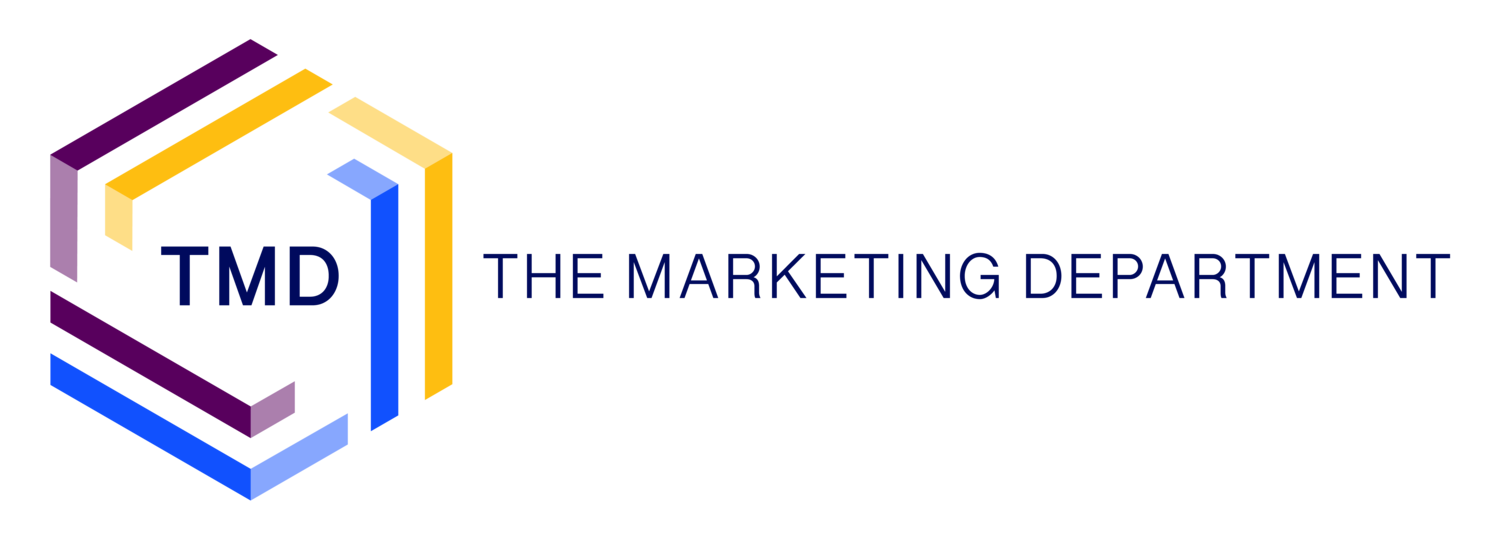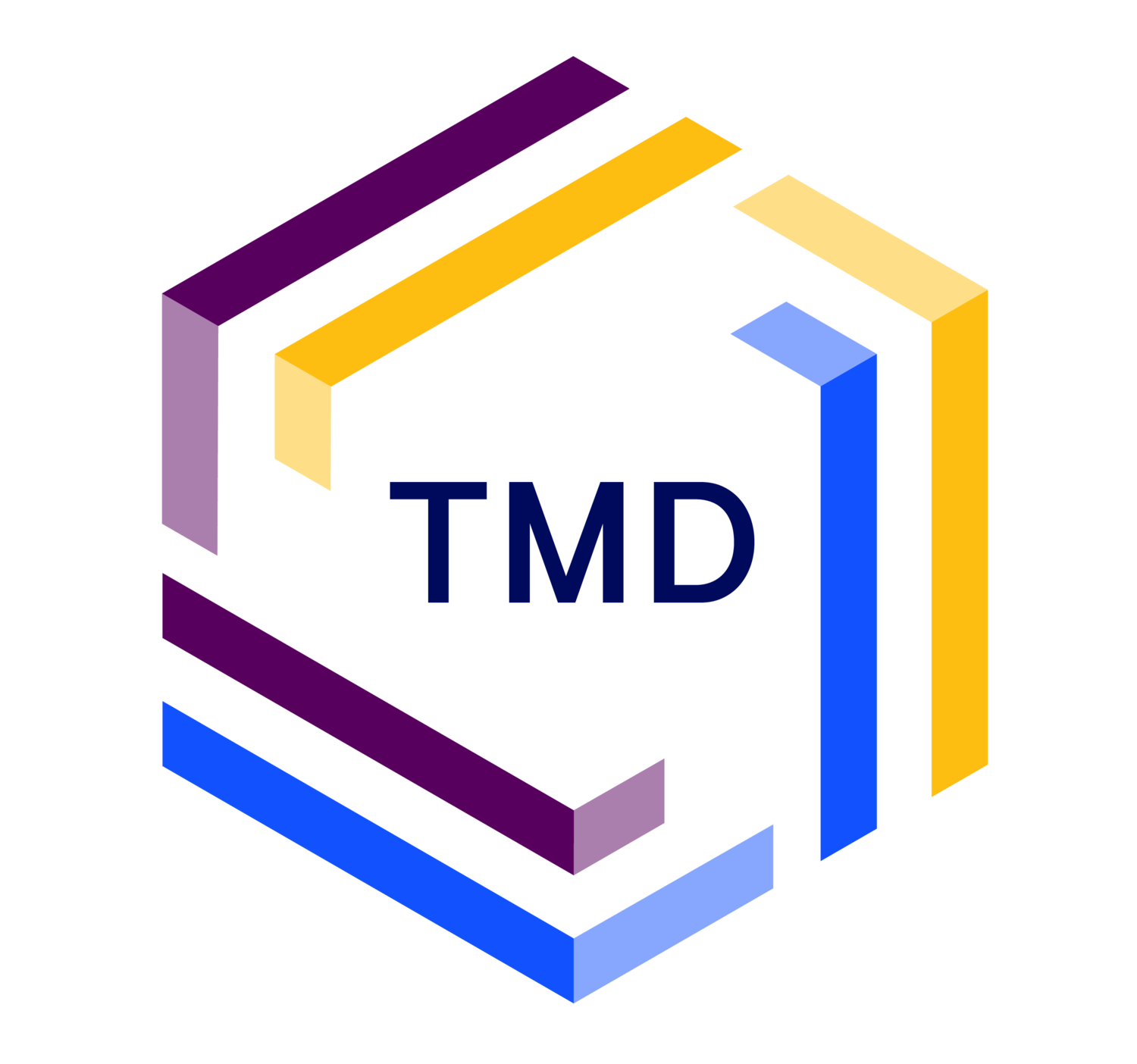5 Questions With — Christopher Graham, Founder & CEO
In this final instalment of our ‘5 Questions With’ series, CEO Chris discusses current marketing trends, how TMD came to be, and what he’s learnt in seven years of being The Boss.
What made you decide to set up your own marketing agency?
I didn’t immediately just decide to start an agency.
I worked at Scottish Renewables for nearly 10 years, doing their marketing in-house, however I was always interested in working with other brands too — that really excited me. So, in my late-20s I started freelancing alongside my day job. I was happy doing that for a limited time, but I was stretched thin. Something had to give.
An internal change at SR made me decide to strike out. Funnily enough, I first went for a marketing role at a law firm. They were lovely people but during the interview I realised I was proposing radical change overnight for them, which they were not for. I remember thinking, ‘this is not going to work — this probably isn’t going to work anywhere — I need to do my own thing’.
It was the day after that I decided to start my own agency. I already had my freelance clients, and with a name behind me I’d have more freedom to push things forward and be ambitious. It wasn’t just about having greater oversight of marketing, design, comms, events etc., I wanted to be able to employ people, build a team and get a culture going that I thought was right.
During my time in-house, I had worked with lots of different creative agencies for lots of different purposes. I thought all of them were more or less adequate, but there was certainly space in the market for an agency that did it better. Hence, TMD.
What is TMD’s approach that sets it apart from other agencies?
The best analogy is the whole ‘Windows vs Mac’ debate, which has been raging in the tech world for decades. Disclaimer: I am an Apple fanboy.
So, with Windows, the computer is all about itself — you spend all your time fixing, tinkering, listening to the computer without ever spending time on you and your needs. Meanwhile, the design ethos of the Mac basically ensures that the device just gets out of your way and lets you do your work. There’s no confusing messages or strange sounds when you do something totally straightforward.
In the same way, what I want for TMD is for us to always be working steadily in the background. Everything we talk about and produce should be about the client, for the client. That means we don’t have a company TikTok where we all dance on our desks — sorry to those who’ve been requesting this — because agencies that are all ‘me me me’ don’t get results.
I know because I’ve been on the other side. When things go wrong and clients aren’t happy, and then they see the effort and energy that’s gone into all sorts of nonsense, it just pisses them off. That’s not a position I ever want to be in, and thankfully it’s not a position we’ve ever been in.
Do you have any key takeaways from setting up TMD?
I think what shocked me the most, and took me longest to adapt to, is that when you set up an agency after working in-house for so long, you really are on your own. All those support systems that used to exist for you are suddenly gone.
For instance, TMD had been on the go for a few days and I had a meeting with one of our first clients. When I tried to print the meeting agenda my computer told me that there would be no printing, because there was no printer! I then realised I had not purchased a printer since the 90s. Now, where do you go to buy a printer?
Another example: I used to say to my colleague Pamela, “please issue an invoice to company X”, and I would never hear about it again because Pamela would release the invoice and follow it through and that was the end of it as far as I was concerned. But now suddenly, I’m the one procuring the finance software, releasing the invoices, chasing people up — it really is all on your head, and that can be appear to be overwhelming at the start.
It was certainly a steep learning curve, but it was also a massive opportunity to do things the right way. When I worked in-house, there were loads of legacy systems that we used simply because we’d always used them, and for all their inefficiencies, there just wasn’t the time and money and energy to adopt new ones.
At TMD, we did away with all that. Today, everything we do is cloud-based. We can work remotely from anywhere, collaborating on projects in real time. Even in the event of something catastrophic happening to our studio, we can start again somewhere else in a matter of hours, effectively. Having robust processes and procedures in place has paid dividends in the long run. The pandemic is an excellent example of this.
What industry shifts have you noticed in seven years of TMD?
One of the biggest shifts I’ve noticed is clients being smarter about overly simplistic solutions. Take social media — for a while, clients would come to us and say, “we really need to improve our Twitter presence because we want to increase sales”. Nowadays, clients understand that social media isn’t a silver bullet, it’s part of a broader picture.
I think clients are also more aware of the importance of investing properly. Photography is a classic example — for a period of time after the iPhone was invented, we in the marketing world were inundated with clients-cum-photographers. We seem to have turned a corner on the attitude that, just because tech is more accessible doesn’t mean you can or should avoid hiring professionals.
We’ve seen broader societal shifts too. Companies now are much more positive and genuine in their attitudes toward environmental responsibility. I’m old enough to remember when recycling bins started to appear in offices, and there were people that would deliberately put the wrong thing in the wrong bin! That’s unthinkable now.
In fact, as marketers, we’re currently waking up to the fact that we have a huge amount of power and responsibility in communicating the urgency of the climate crisis. Not only that, but to act on it — be that through specific campaigns, adopting sustainable practices, or being more selective in the kinds of companies we work with.
What would be your dream project?
I have two answers for this. The millennial that grew up at the advent of the internet age is going to give you the first answer.
If you look at the turn of the century, the campaigns that launched revolutionary products like the iMac, the iPhone — those campaigns have come to be iconic, as iconic as the products themselves. Of course, you don’t realise how special those moments are at the time, it’s only revealed in retrospect, but to be part of something like that would be absolutely top drawer.
And the more ‘settled CEO’ answer is: the kind of project where we start at the start — assisting a start-up that has a really ambitious vision — and use every tool in our toolkit to propel them to success. That would mean assisting with brand strategy, through to marketing and promotion, right up to, say, designing of their headquarters. We’ve touched on different parts of that whole journey before, but to do the full end-to-end would be fantastic.
We’re currently working with lots of wonderful SMEs, so my hope is we’ll eventually get there. It’s just a matter of time. You can’t do it all at once.







